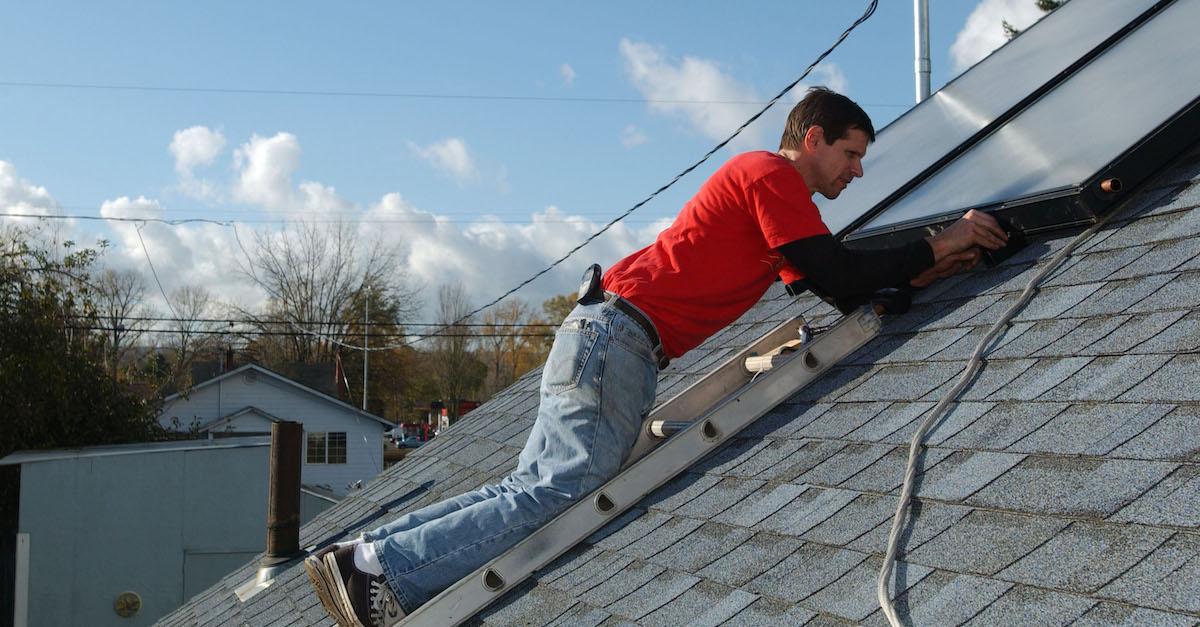California’s Proposed Solar Tariff Incentivizes Low-Income Households to Transition
Published Nov. 14 2022, 2:21 p.m. ET

Even though we love that California has surpassed every other U.S. state with rooftop solar power, the current system is putting low income residents at a huge disadvantage. Right now, solar users can sell extra energy back to the grid, and even though it encourages more people to transition, it makes power more expensive for those who can't afford rooftop panels.
But California's new proposed solar tariff would make the grid more stable, and solar panels more affordable to low-income residents.
Even though some worry it will deter people from transitioning, it's expected to do wonders for the state's grid system.
"The California Public Utilities Commission (CPUC) today issued a proposal to modernize the Net Energy Metering (NEM) solar tariff to promote solar and battery storage, grid reliability, and control electricity costs for all Californians," the California Public Utilities Commission (CPUC) stated in a press release on Thursday, Nov. 10.
"The update launches the solar industry into the future so that it can support the modern grid by incentivizing solar paired with battery storage and the adoption of electric vehicles, heat pump water heaters, and other electrification appliances while making rates more affordable for Californians," the statement continues.
"The proposal continues to support the solar industry while it pivots to a solar plus battery storage marketplace, which will bolster the local green energy economy."
What does California's solar tariff entail?
As previously mentioned, California residents with rooftop solar panels are currently given credits for extra power they don't end up using, and sell back to the grid. But not only does this raise power prices for those who can't afford solar panels — it also makes the grid unreliable, if power isn't in use constantly. That's why the CPUC is looking to modernize the Net Energy Metering (NEM) solar tariff, according to a press release, which as a result, would fix electricity costs for locals.
This will not apply to those already taking advantage of the current credit system — it will only affect new solar panel users. And while new panel owners might not get the same type of compensation, they will still end up savings upwards of $100 on the panels per month, which makes it it easier to pay them off. While it sometimes takes decades for people to fully pay off their solar panels, experts expect people will be able to start paying them off in nine years or less.
In addition to lowering the cost of electricity for those without solar panels, the tariff also comes with $900 million in solar incentive payments. About two-thirds of that will go to low-income residents of the state.
The tariff will also come with increased solar and battery storage. This will make the grid more consistent, resulting in less outages, and more reliability.

What are next steps for making the solar tariff a reality?
Even though this idea has been applauded by many, it won't go into effect until next year, if it's approved.
According to EcoWatch, the public will be able to comment on this tariff on Wednesday, Nov. 16, and CPUC will be voting on it in December. Then, it will be official in April if it's ultimately approved.